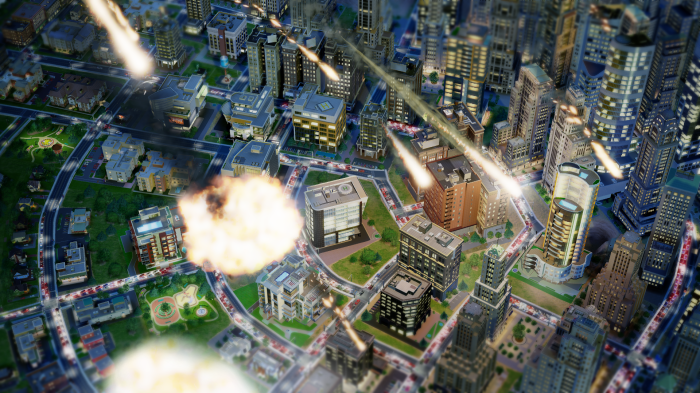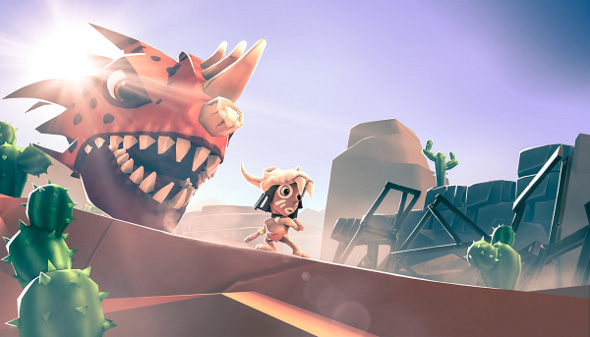Contemporary gaming companies such as EA and GameLoft are having a hard time creating something as substantial as Clash of Clans. Unlike their dominance in conventional gaming-market of PC and consoles, these companies are having a hard time replicating that for mobile and keep their dominance. However EA has finally understood that it needs to combine the development prowess of small studios with its brand cult to hit the bulls eye. They have closely worked with their partner to create SIM City and are now geared up for even more.
What are the reasons behind that?
An unfamiliar progression
PC and Consoles games are entirely different from mobile with respect to the target users. Unlike PC games that emphasized on life-like graphics and set it as a marker of progression, mobile games evolved altogether on a different plane. The progression of mobile games set off new challenges and protocols to create blockbuster games. Before companies like EA could understand the dynamics, small players apparently made it big in the mobile. Many of these were independant studios. Despite the fact that established players did a good job catching up, the indie studios took the cake in the form of rapid learning and setting standard development patterns.
Touch vs. Press
Touch screens have altogether a different approach to set commands as compared to the conventional joystick of a gaming console. Combined with the accelerometer (which is now implemented in console handsets as well), the game design for mobile needed altogether a different approach to set it right.
Connecting all the possible touch commands to cognitive actions is one of the primary things that mobile game developers have mastered their skills at. On the other hand companies such as EA and Ubisoft have mastered the console and keyboard commands that calls for a different set of commands altogether.
What can be expected?
One can expect the mobile game market to get better with respect to creating and distributing content. While there are tonnes of games in the app store, you hardly come across quality content that is engaging enough to be played for a long time. While there is a lot of potential coming from small developers, their resources in making themselves heard is limited. This is where branded IP can chip in and create value for the small developers, EA as well as customers.

